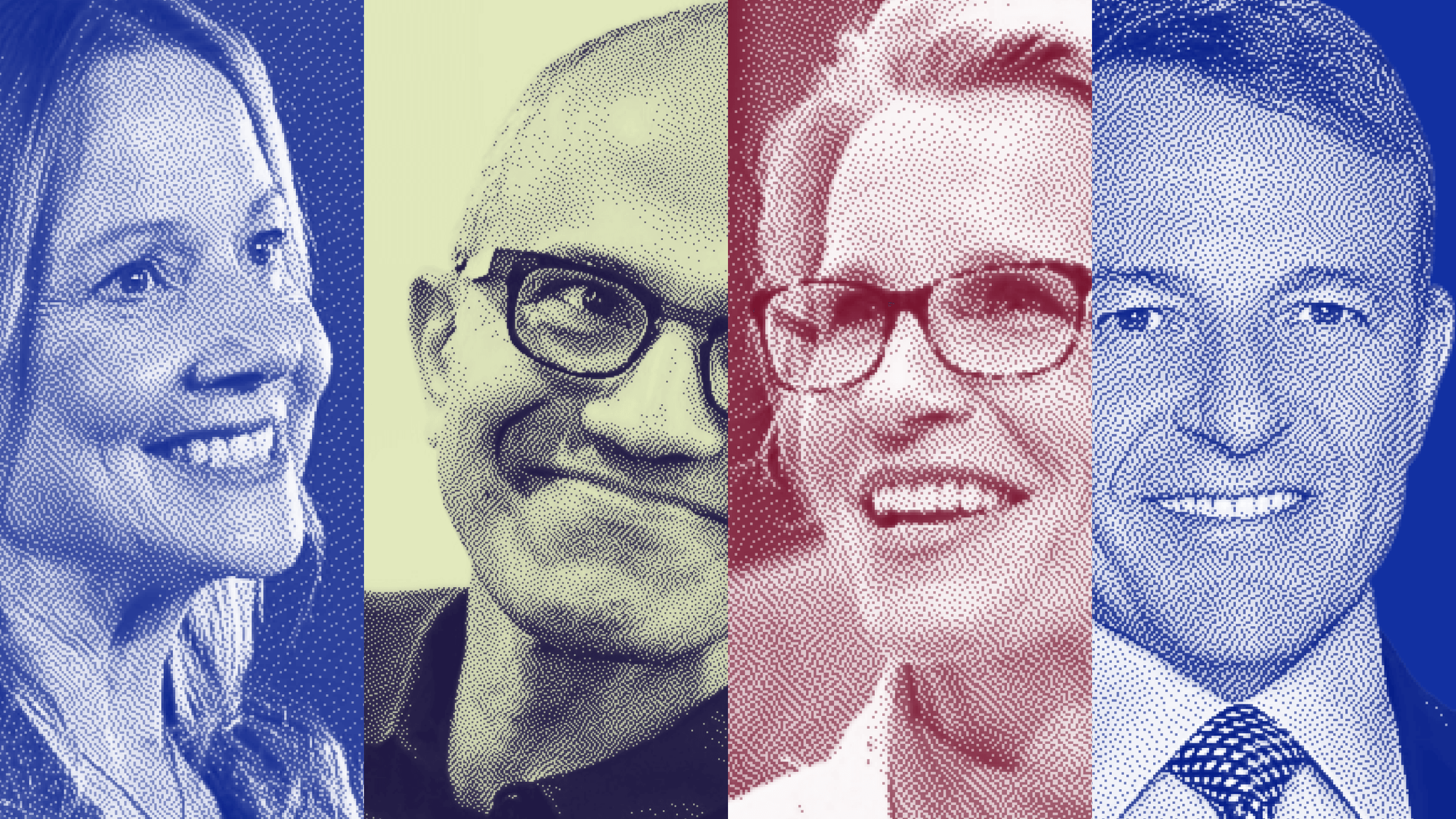Uri Savir outlines globalization, ecology of peace, peace building and creative diplomacy.
Savir: I’ve defined four pillars of modern peace making. These pillars are inclusive peace, participatory peace and what I defined as a glocalization, the ecology of peace, peacebuilding and creative diplomacy. Why Glocalization? It is a participatory peace. There was an illusion that globalization would lead to peace in our times, and it didn’t. Only a very small part of the world reap the fruit of globalization, [two sides] of this world, economically, socially and when it comes to peace, did not reap the fruit of globalization. And therefore, we need, those who are not part of the globalized revolution, the so-called locals, to engage in peace as well, because also outside of the global revolutions, the locals, feel estranged by an effort to impose a Western mega culture, to impose democratization, and the agents that I chose in order to create a big bridge between local and global opportunities is the city. The city is the growing political entity in our times, and the city can build a bridge between global and local [enhanced] glocalization, and, therefore, the first pillar was more participatory peace, mainly through local government.
The second pillar is the ecology of peace. We deal too much with very rigid and old fashioned security doctrines when it comes to resolve issues and when it comes to make a peace treaty. We overlook the fact that conflict, in its basis, is not necessarily over issues. It’s over hatred. It’s over suspicion. It’s over prejudice. And we have to create, if we want peace to happen and peace to be sustainable, we have to create a new culture of peace, through leaders talking about reconciliation, through the engagement of civil societies, through the engagement of media. The environment of peace, the ecology of peace, is a necessary predicament in order to make peace an emotional reality, and therefore a factual reality. The [sole] element is peacebuilding. Peacemaking is a solution of past problems; peacebuilding is the architecture of the future. You know, Israel and Palestine received about $15 billion post Oslo, but all of it was almost wasted on creating a corrupt Palestinian bureaucracy on one side and an excessive Israeli security presence that suffocated the Palestinian economy on the other side. Peacebuilding is to earmark funds so the two sides can cooperate in joint ventures, joint economic ventures, joint social ventures, joint cultural ventures, joint sports ventures, something that I’m doing in the Peres Center for Peace. And the creation of an ecology of peace is critical because even if we resolve all the political issues, there will not be peace if hearts and minds are not changed. And the last pillar is creative diplomacy. You know, negotiation is often seen as a market of give and take, or as a surgical knife, cutting issues and sharing them. Creative diplomacy is ingenuity, the imagination in diplomacy to create, renew the assets through reconciliation. I gave in the book “Peace First” the example of Jerusalem. Of course we can cut Jerusalem into two parts, Palestinian neighborhoods on one side, Israeli neighborhoods and the [holy side] on the other side, but if you want to be creative, an example that I give is to move 25% of the United Nations from New York to Jerusalem. The both sides can be proud about it, Jerusalem would be more immune, and Jerusalem could be the capital of peace of Israel and Palestine, and a capital of peace for the whole world because there’s never been peace for Jerusalem. So, this is only an example. There are many others of what is creative diplomacy.





